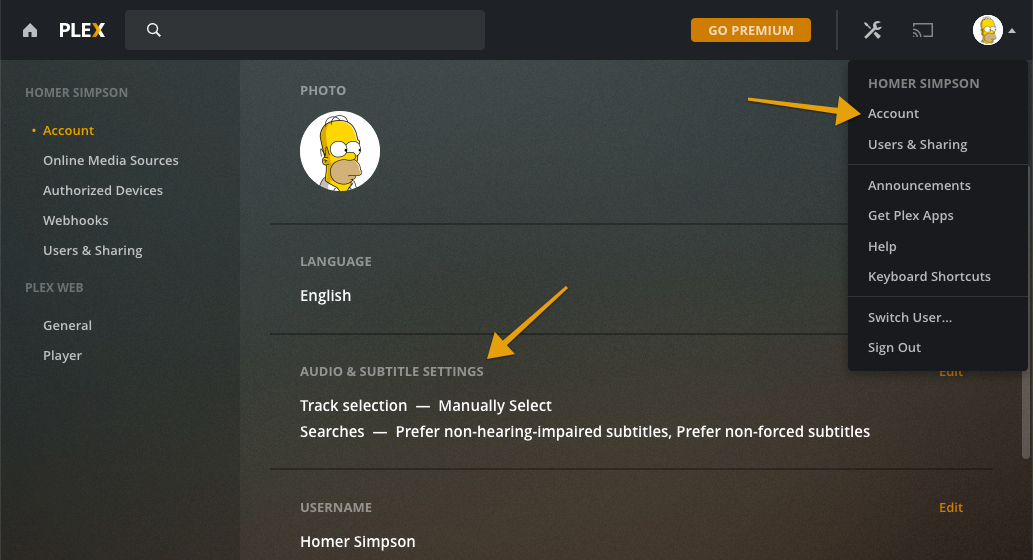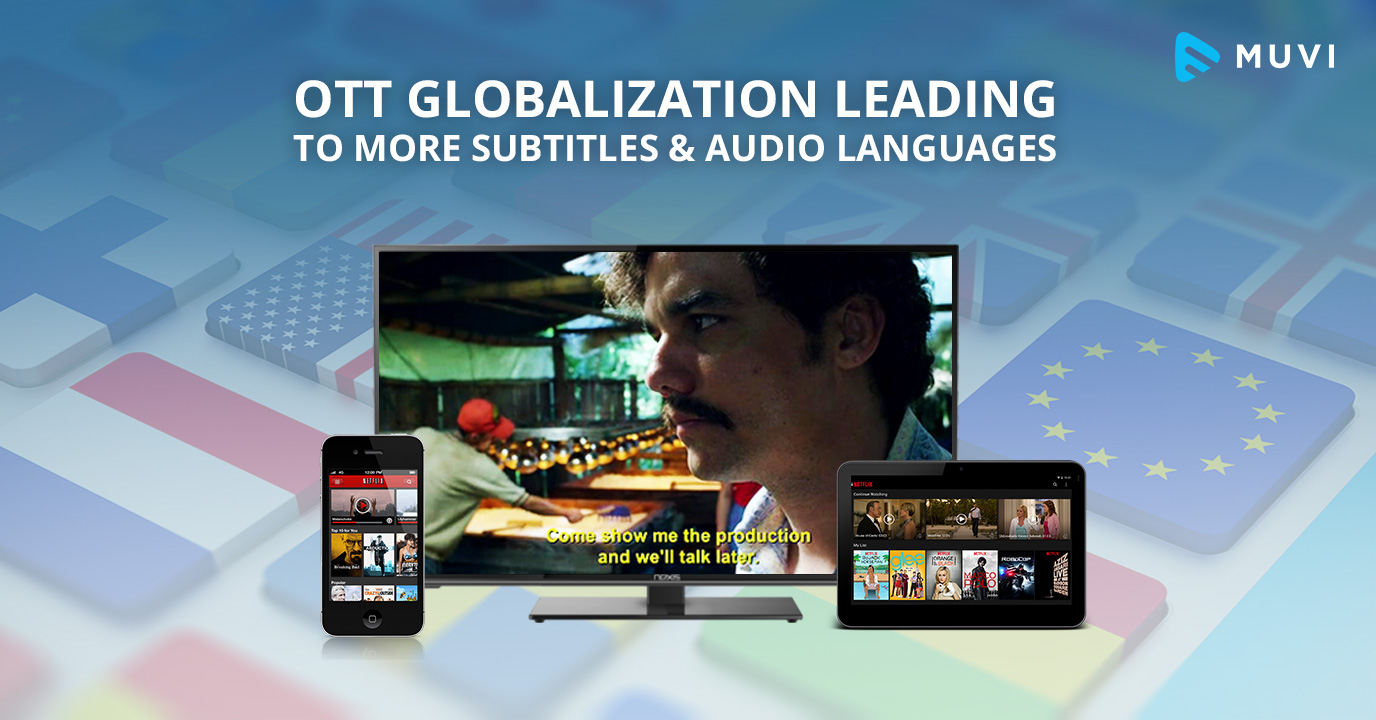

All the above is bound to influence the very process of audiovisual translation, and in particular subtitling, which is the focus of the present article.

As an industry which has strong links with and is heavily influenced by changes in technology, it is only natural to turn to language technology experts seeking from them solutions to meet the demand and deliver quality end products. The audiovisual industry is thus experiencing an ever-increasing demand for audiovisual translation services, yet at the same time is forced to contend with the reduction of budgets as well as the contraction of timeframes in which these services need to be provided. This is certainly true of the audiovisual industry, as translated audiovisual content made available through the various distribution channels that exist today reaches a wider audience than any other type of translation.

Such demand is only going to increase exponentially in the years to come. The mind boggling amount of content made available every day through a variety of media has already resulted in an increased need for making such information accessible both to speakers of different languages as well as to people with disabilities, who have the inalienable right to quality of life. Panayota Georgakopoulou, Deluxe Digital Studios ABSTRACTĮvery facet of life in the 21st century is defined by technological advances in digitisation and networked communication, which result in endless information exchange. Home > Issue17 > Georgakopoulou article Challenges for the audiovisual industry in the digital age: the ever-changing needs of subtitle production 1


 0 kommentar(er)
0 kommentar(er)
